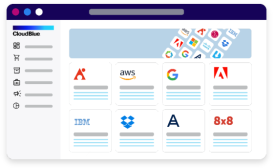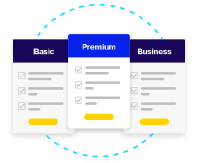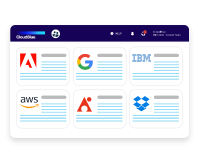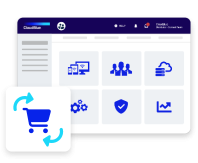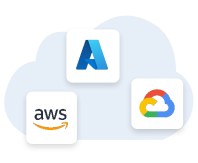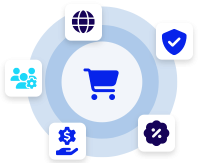Revenue drivers are the key factors that directly contribute to generating income for a business.
For SaaS companies, revenue drivers often include subscriptions, pricing models, customer acquisition strategies, and the ability to deliver value consistently. In simple terms, they are the levers that businesses can pull to boost their bottom line. Understanding revenue drivers is crucial for optimizing profits, improving margins, and sustaining growth in a competitive market.
The meaning of revenue drivers extends beyond just identifying income sources. It involves evaluating what adds value to the customer experience and how that translates into recurring revenue. For instance, in a B2B SaaS business, offering flexible subscription tiers tailored to client needs is a powerful driver of revenue growth.
Examples of SaaS Revenue Drivers
In the SaaS industry, subscriptions are one of the most obvious revenue drivers. Whether it’s a monthly, annual, or pay-as-you-go plan, retaining and expanding the customer base is essential to growing revenue. Upselling and cross-selling additional features, premium tiers, or complementary products are also effective strategies for increasing profit.
Another key revenue driver is customer acquisition. Sales and marketing efforts aimed at attracting new clients fuel growth, but their costs must align with the revenue generated to maintain profitability. Lowering the customer acquisition cost (CAC) while maximizing lifetime value (LTV) is a winning formula.
Efficient cost management is also a revenue driver. By reducing unnecessary operational expenses, SaaS companies can improve their profit margins without increasing prices. Additional drivers include product innovation, personalized experiences, and strong customer support, which enhance satisfaction and encourage long-term loyalty.
Why Revenue Drivers Matter
Identifying and optimizing revenue drivers is fundamental for any SaaS business aiming to achieve sustainable growth. Knowing what influences revenue helps businesses focus their efforts on the most impactful areas, whether that’s refining subscription models, boosting sales efficiency, or improving the value offered to customers.
For example, a SaaS company might focus on adding high-value features to its premium tier to encourage more upgrades. Similarly, investing in data-driven marketing to attract the right customers can increase conversion rates and reduce costs. Each driver plays a role in shaping a business’s profitability and competitive edge.
By continuously analyzing revenue drivers, SaaS companies can adapt to market changes, enhance customer satisfaction, and ensure steady growth in sales and profit margins.

